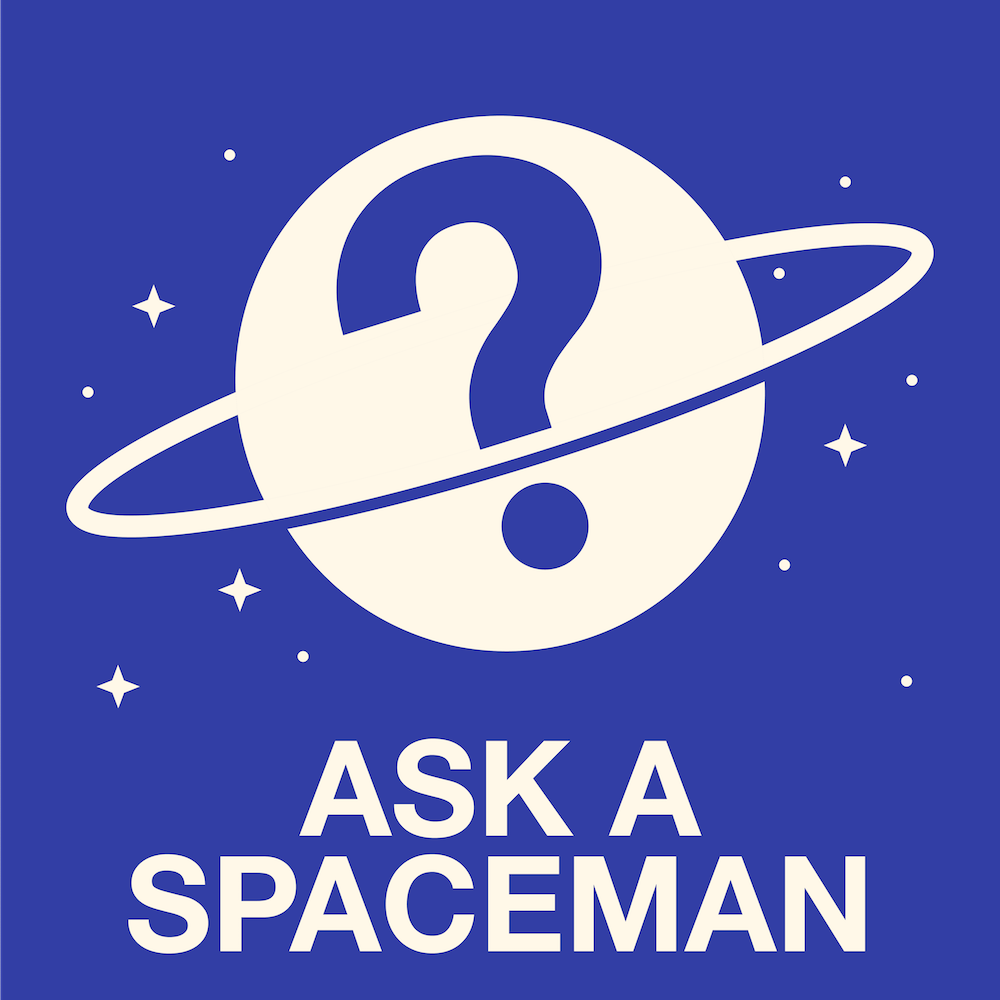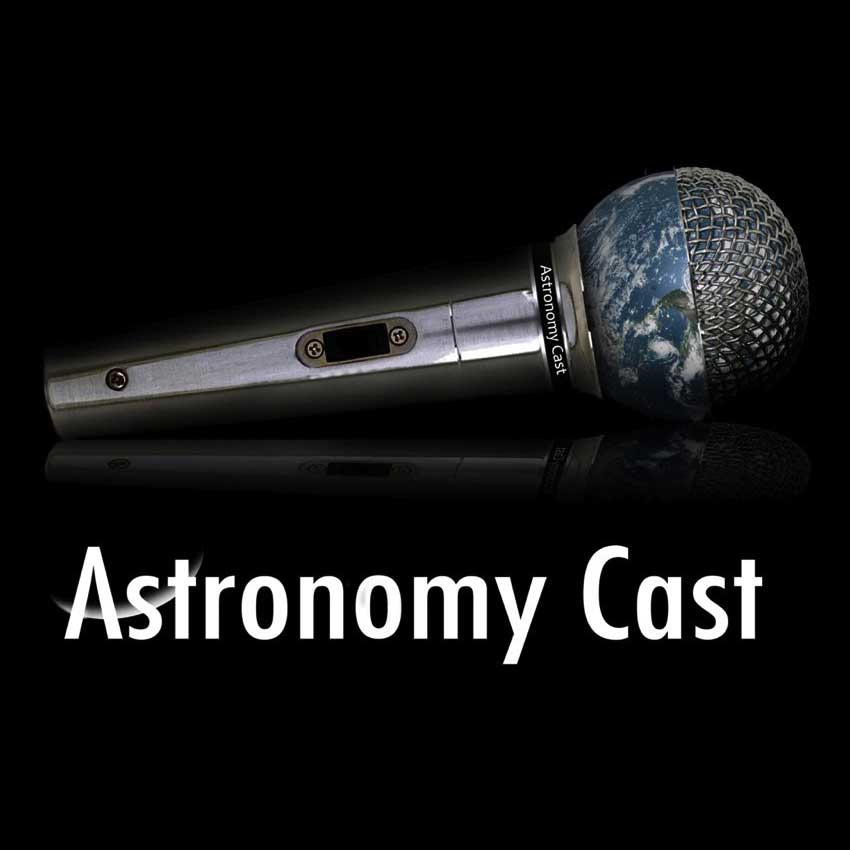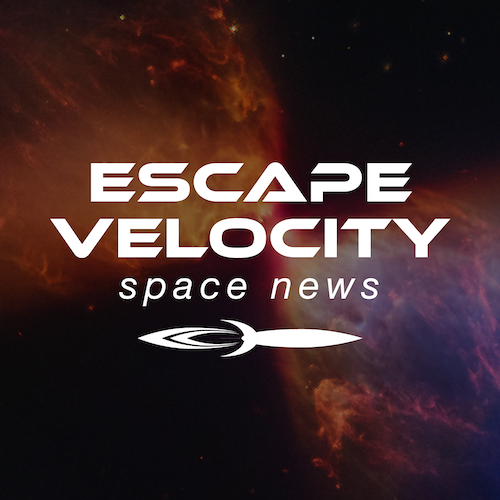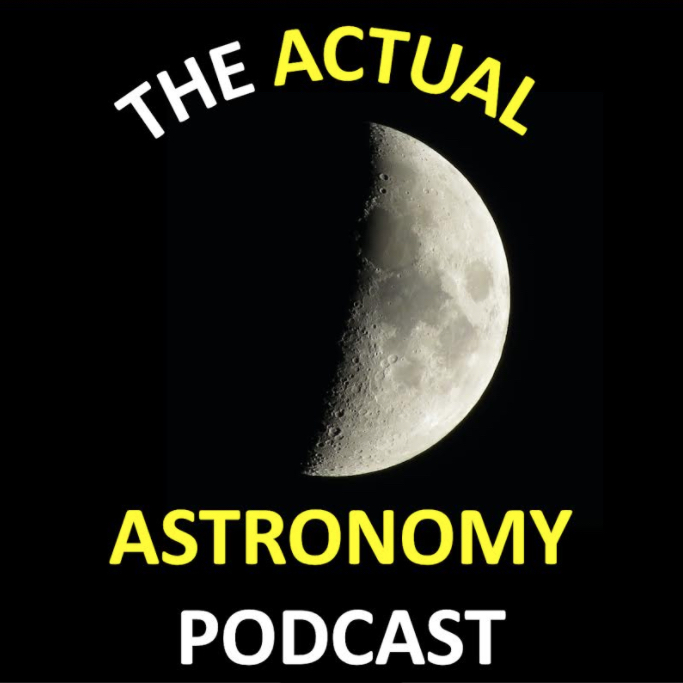How do we actually define voids? Are there regions within them that are truly empty? What would it be like to be inside one?


How do we actually define voids? Are there regions within them that are truly empty? What would it be like to be inside one?

Normally we try to end the season on a high note. But here’s the unfolding news: NASA’s new budget is here, and it’s 25% smaller.

Asteroid hunters watch the skies, tracking space rocks that could pose a threat to Earth. At the same time, scientists search the cosmos for alien oceans, hoping to find signs of life beyond our world.

Let’s time-travel to the moment astronomers captured the first direct image of a planet being born — orbiting a young star still in the making. A glimpse into planetary formation in action!

Join us as we look at two parallel stories – the development of the Vera Rubin Observatory and the SpaceX Starship rocket. Both projects are 20 years in the making

The Actual Astronomy Podcast presents The Observer’s Calendar for July 2025. In this episode we talk about how to see Mercury, the Moon as it pairs with Spica, Antares, Saturn, Jupiter, several carbon stars and some deep sky objects like M6&M7.

Today Awesome Astronomy has terrible news from LIGO, the end of Milkomeda, Light pollution paradox, Vera Rubin first light, a new satellite from Wales, spaceX kablooie, leaks on the ISS and of course the usual skyguide and emails! Phew!

In a recent study, astronomers found that even tiny black holes have immense power to shape their part of the galaxy. Far more than previously thought.

The time has come. The mighty Vera Rubin Observatory has finally come on line and delivered its “first light” images. Lets talk about it

What would happen if a large impactor hit our oceans? And more about the protoplanetary disk around HD 163296